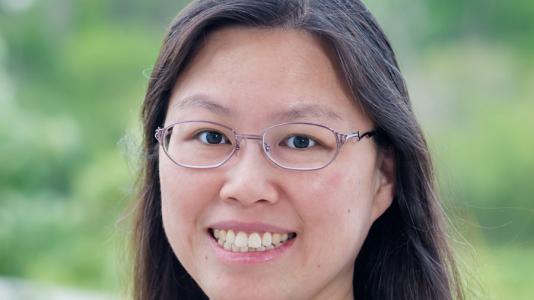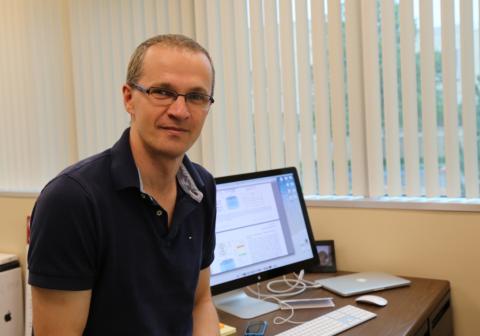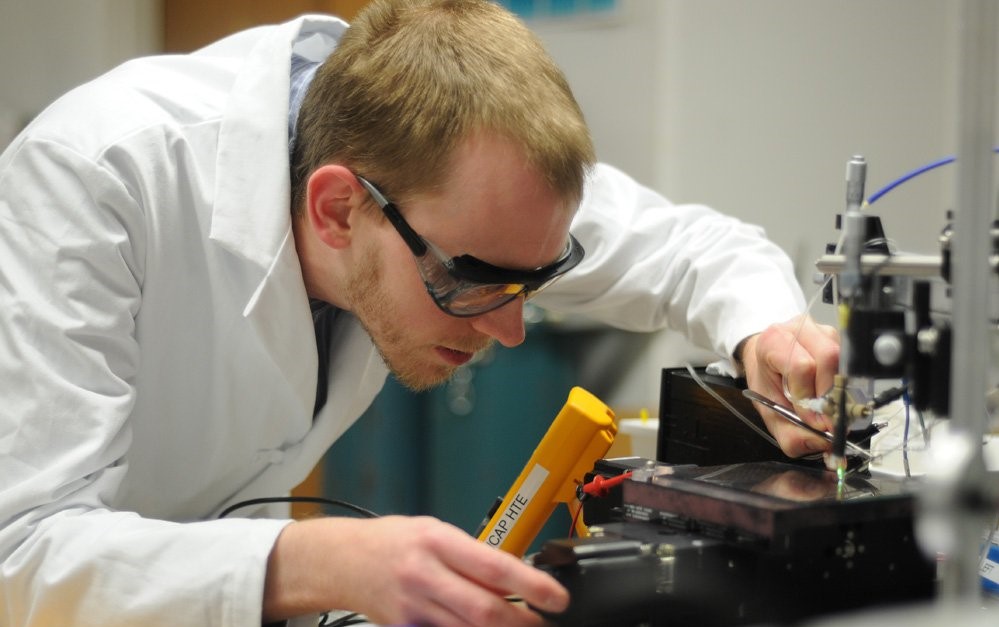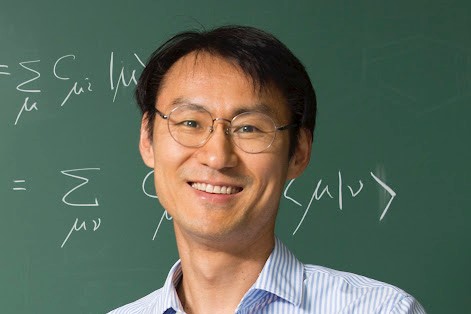Dr. Maria Chan delivered an A3MD Distinguished Seminar entitled: “All of the above – combining modeling, characterization, and AI/ML to understand and design materials”.
In materials and chemical science, the combination of high throughput computational modeling and experimentation has given rise to significant challenges and opportunities. Data science techniques such as machine learning, artificial intelligence, and computer vision have made a significant impact in the ease, scope, and speed of understanding of known materials and discovery of new ones. In this talk, we will discuss how we use data science approaches in conjunction with theory-based modeling to interpret experimental characterization data (such as x-ray scattering, spectroscopy, scanning probe microscopy, and electron microscopy) and carry out materials design (such as in the space of classic zinc blende and hybrid perovskite optoelectronic materials). The role of computer vision and pattern recognition in the analysis of microscopy data will also be discussed.










